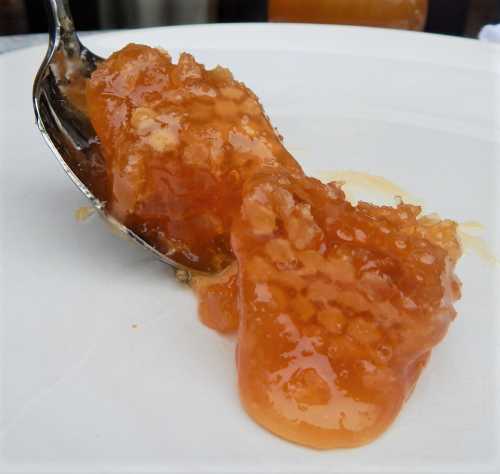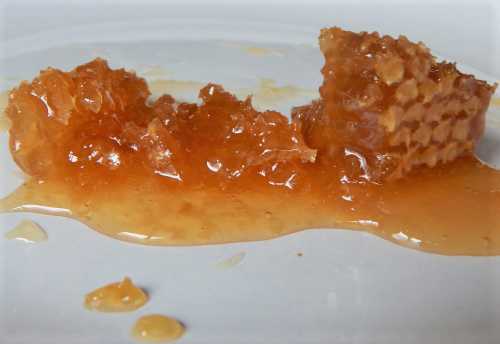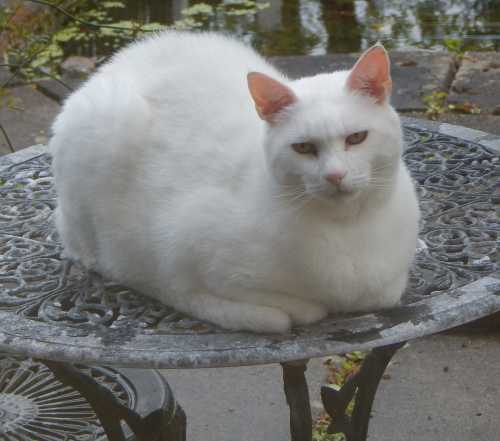Mead Halls
What were mead halls? Where did they exist? When did they exist? Who used them – and for what purpose? How large were they? Was mead the only thing consumed in them?
The first thing to say is that, although mead halls appear often in literature, films, and mythology, there is not a lot of first-class evidence of their exact historical nature and function. This should not be a surprise, since they seem to have been common during a time that we now call ‘The Dark Ages’ – the era after the fall of the Roman Empire in Europe, from which there is a notable absence of a significant and accurate written historical record.
What do we know about mead halls in history?
There are a number of different definitions or descriptions of mead halls. Some say they were simply a feasting hall – use either by a local lord or chieftain or simply by the community. Others say that from about 500 A.D. to about 1200 A.D. the mead hall was the residence of a lord as well as a place for social events for a community.
For some,
they were structurers created by Nordic kings as a centre for the community and
a place for consumption of mead, beer, or cider.
The general consensus is that their creation and use originated with Early Germanic people – a historical group of people defined as living in Central Europe and Scandinavia and using the ancient Germanic language from which a number of modern languages have derived (English; German; Dutch; Flemish; Danish; Swedish; Norwegian; Finnish etc).
Mead halls seem to have been in use from about the fall of the Roman Empire until about 1200 A.D., and remains of mead halls have been found over the area of Western Europe that was populated by the Anglo-Saxon and Viking people.
Examples of Viking mead halls
A large Viking hall complex has been discovered (and recreated) near Lejre in Denmark. It is thought that the hall was built on the site of a smaller earlier hall in approx. 880 AD (the earlier hall being about 200 years older). The hall is about 60 metres long.
At Gudme in Denmark, archaeologists discovered a large complex, at the centre of which was a large hall covering nearly 500 m2, with a smaller hall nearby. This is a very early example of a mead hall – it is thought that Gudme was abandoned in the 6th century.
There are other examples of Viking mead halls at Erritso and Tisso.
Anglo-Saxon mead halls
In England there are some examples of Anglo-Saxon mead halls:
- At West Stow in Suffolk in East England there are the remains of what is thought to be a Saxon mead hall from the mid-6th century. In contrast to the large Viking mead halls, it is quite small at only about 14 metres long.
- An excavation of a 6th / 7th century Saxon settlement at Yeavering in Northumberland in North East England has revealed two larger halls amongst the others, thought to be feasting or mead halls. These halls are also smaller the Viking mead halls at about 25 metres long.
- It is known that there was a royal residence at Rendlesham (also in Suffolk) – Bede referred to King Aethelwold (King of the East Angles) attending the baptism of King Swithelm (King of the East Saxons) at Rendlesham in the 7th century. In 2016 an archaeological survey revealed a large hall, thought to be a mead hall. This hall is also small – only 23 metres long.
What about the portrayal of mead halls in literature and mythology?
Mead Halls in Beowulf
I have already written about the role that mead plays in the British epic poem ‘Y Gododdin’.
Some 100 surviving poems from the Anglo-Saxon era (written in Old English) and the Viking era mention mead halls (or are even set in mead halls).
The most famous tale from that era is ‘Beowulf’. This is an epic poem written in Old English and set in Scandinavia in the 6th century. The main character (Beowulf!) goes to the aid of Hrothgar (king of the Danes), who’s mead hall, which is at Heorot, has been under attack.
It is thought that the poem is based on real people and real locations, with Hrothgar’s mead hall being based on the mead hall at Lejre.
Mead Halls in Lord Of The Rings
Mead halls appear elsewhere in literature. For example, in The Lord of the Rings by J.R.R.Tolkein the Meduseld (which means mead hall in Old English) is the Golden Hall of the kings of Rohan.
Did You Know?
Toxic Honey Was Used In Ancient Warfare!

If you found this page helpful or interesting, I'd really be grateful if you would share it with others - if not this page, perhaps another, such as Gardening For Bees.
Thank you so much :) .

